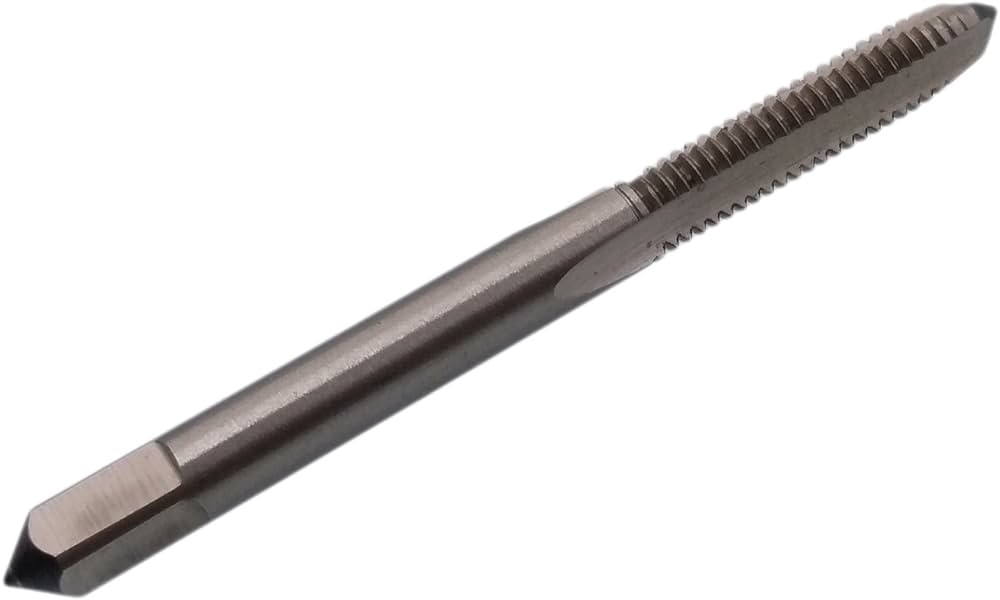As an essential component of heavy construction machinery, excavator tracks play a crucial role in ensuring optimal performance and productivity on job sites. These sturdy tracks allow excavators to maneuver through various terrains and carry out demanding tasks with ease. However, like any equipment, excavator tracks require proper maintenance to maximize their longevity and efficiency. In this article, we will delve into valuable tips and best practices to ensure your excavator tracks stay in top-notch condition, enhancing both their lifespan and overall performance.
1. Understanding Excavator Tracks
Before delving into maintenance tips, let’s briefly understand what excavator tracks are and their significance. Excavator tracks, also known as crawler tracks, are robust, continuous belts made of rubber or metal that wrap around the wheels of an excavator. These tracks provide stability, traction, and distribution of weight, allowing the machine to navigate rough terrains and distribute the load evenly during operations.
2. Importance of Regular Inspection
Regular inspection is the cornerstone of effective excavator track maintenance. By conducting routine checks, operators can identify early signs of wear, damage, or misalignment. Addressing issues at their initial stages prevents further damage and costly repairs down the line.
3. Conducting Pre-Work Inspections
Prior to starting any work, it’s essential to conduct a pre-work inspection of the excavator tracks. Look for signs of wear, cuts, tears, or any foreign objects lodged between the tracks. Additionally, check the tension of the tracks to ensure they are properly adjusted, as both over-tightening and under-tightening can lead to premature wear.
4. Cleaning the Tracks
Excavators often operate in challenging environments, accumulating dirt, debris, and mud on their tracks. Regularly cleaning the tracks helps prevent abrasive materials from causing damage. Use a pressure washer or high-pressure air to remove stubborn debris, and pay close attention to the undercarriage components.
5. Lubrication for Enhanced Efficiency
Proper lubrication of the tracks is crucial for reducing friction and wear. Make sure to use a suitable lubricant recommended by the manufacturer and apply it according to the specified intervals. Over-lubrication can attract more dirt, so strike the right balance.
6. Avoiding Overloading
Excavator tracks are designed to handle a specific weight capacity. Overloading the machine can put excessive strain on the tracks, leading to accelerated wear and decreased efficiency. Always adhere to the recommended load limits.
7. Minimizing Sharp Turns
Frequent sharp turns can cause stress on the tracks and undercarriage components. Whenever possible, opt for gradual turns to reduce unnecessary strain on the tracks.
8. Maintaining Proper Track Tension
Maintaining the correct track tension is vital for the optimal performance of an excavator. Improper tension can lead to premature wear and even track derailment. Follow the manufacturer’s guidelines to adjust the track tension as needed.
9. Addressing Track Misalignment
If you notice track misalignment during inspections, it’s crucial to address it promptly. Misaligned tracks can lead to uneven wear and decreased efficiency. Seek professional assistance to realign the tracks accurately.
10. Track Replacement and Rotation
Regularly rotate the tracks to ensure even wear on all parts. Additionally, when the tracks show significant signs of wear or damage that cannot be repaired, timely replacement is necessary to avoid further complications.
11. Protecting the Undercarriage
The undercarriage houses critical components, and protecting it is vital for the excavator’s overall functionality. Use track guards and take measures to avoid hitting obstacles directly with the undercarriage.
12. Storing the Excavator Properly
When the excavator is not in use for an extended period, store it in a covered and dry area to protect the tracks and undercarriage from weather-induced damage.
13. Regular Professional Servicing
Engage in routine professional servicing to ensure that all aspects of the excavator, including the tracks, are inspected and maintained by experts.
14. Maintaining Operator Skills
Skilled operators contribute significantly to track longevity by operating the excavator smoothly, avoiding sudden movements and unnecessary strain on the tracks.
15. Using Genuine Parts and Accessories
When it comes to replacements or repairs, always opt for genuine parts and accessories recommended by the manufacturer. Using substandard components can lead to inefficiencies and potential safety hazards.
In conclusion, proper maintenance is the key to extending the lifespan and efficiency of excavator tracks. Regular inspections, cleaning, lubrication, and adhering to operational guidelines are essential steps that should not be overlooked. By investing time and effort into maintaining excavator tracks, operators can ensure smooth operations, reduce downtime, and enhance overall productivity on construction sites.
So, take care of your excavator tracks, and they will take care of you throughout numerous construction projects, delivering outstanding results every step of the way.




